Chia seeds and coconut make a perfect combination for a pudding. The fresh rhubarb we found at the Green City Market inspired this not too sweet dessert.
 Very easy to make. Simply plan ahead as it needs resting time.
Very easy to make. Simply plan ahead as it needs resting time.
- 1/3 cup chia seeds
- 3/4 cup unsweetened organic coconut flakes “Let’s do…Organics”
- 7oz unsweetened organic creamed coconut “Let’s do…Organics”
- 3 stalks rhubarb
- 1 vanilla bean
- 2 Tbsp honey
- Zest of 1/2 organic lemon
- 2 cups hot water
- Pinch of salt

Wash and trim the rhubarb stalks so there’s no green leaves. Discard the leaves it any. Cut the stalks in small even sized pieces.

Cut the vanilla bean in half, and split each half so you can scrape the seeds.

Place the rhubarb, honey and half a vanilla bean in a heavy saucepan on low heat and cover for about 10 minutes.

Meanwhile place the creamed coconut in a large bowl.

Add the hot water and the other half of the vanilla bean.
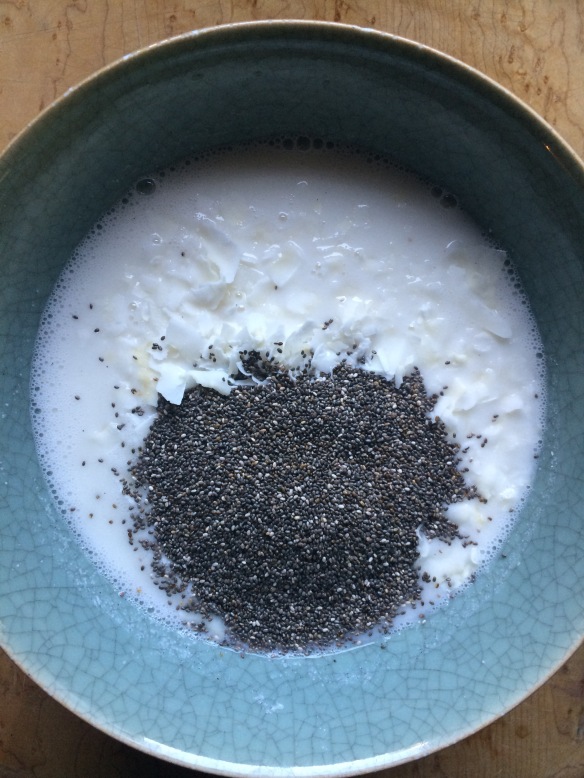
Add the coconut flakes, salt and chia seeds. Mix well, cover and refrigerate about one hour or so.

Uncover the saucepan with the rhubarb and mix thoroughly with a wooden spoon. Cover and continue to cook on low heat for another ten minutes.
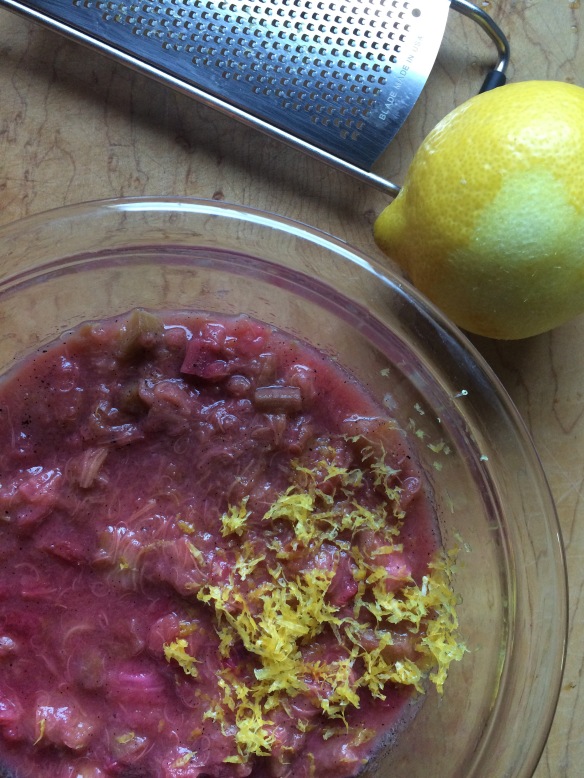
Transfer to a bowl, add the lemon zest, mix well, cover and refrigerate.

Remove the bowls from the refrigerator when the chia seeds have set in the coconut mixture.

Fill small jars by alternating chia/coconut preparation with the cooled rhubarb/honey/lemon mixture. Enjoy immediately or refrigerate for later tasting.
Note: the longer you refrigerate the pudding, the more set it will become.

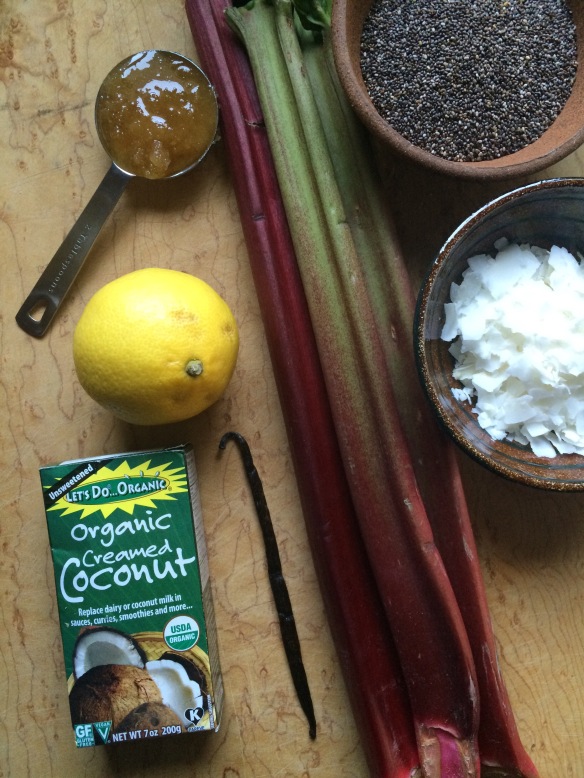
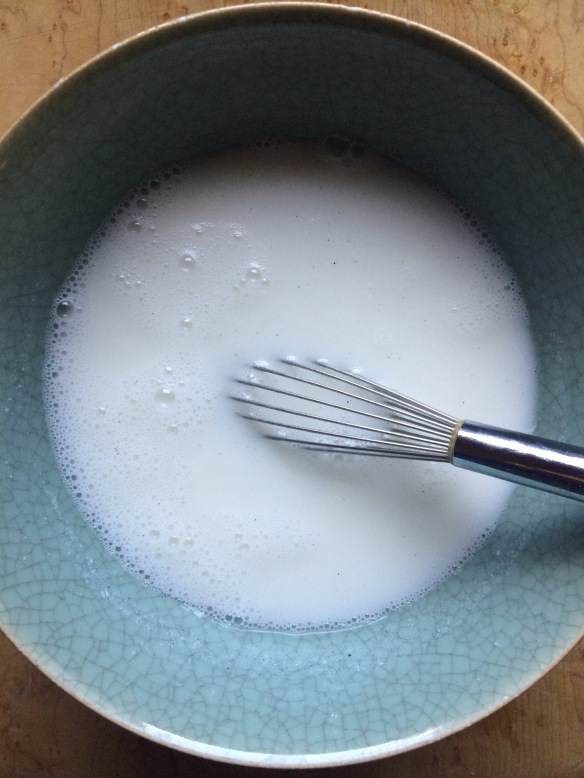







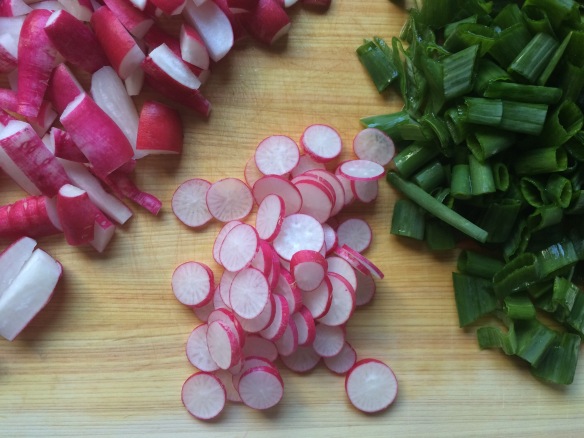
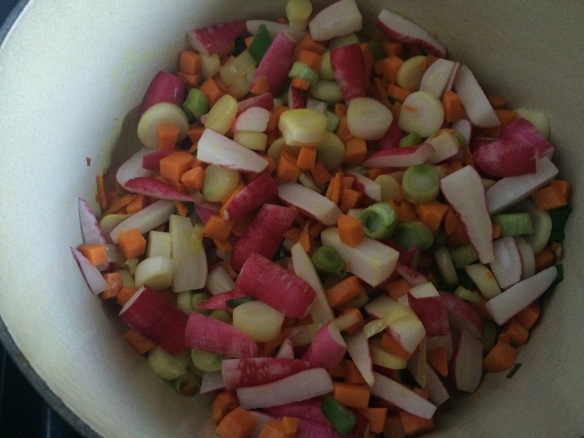



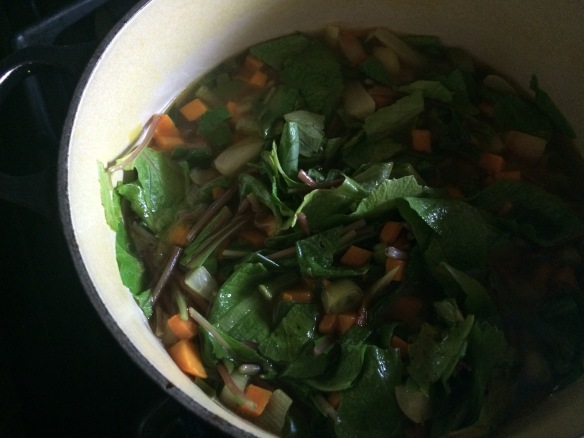



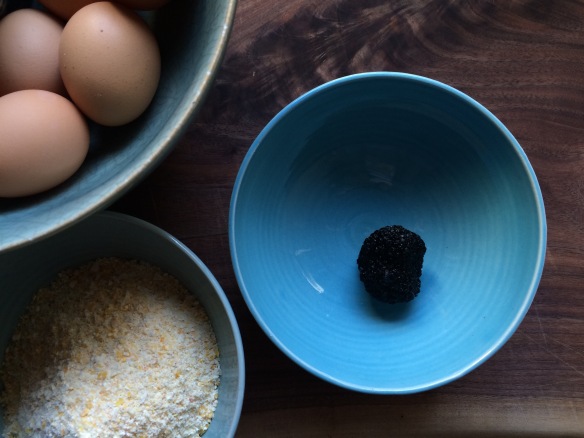
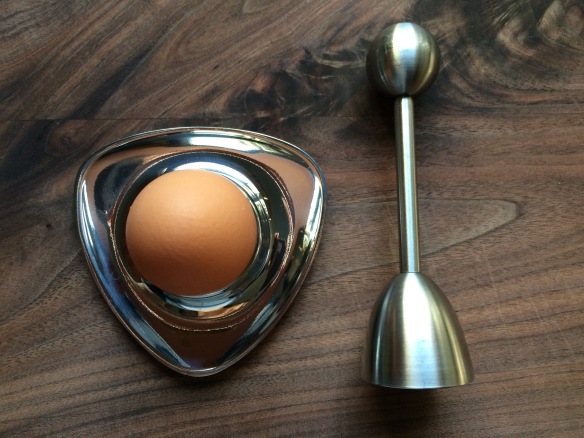

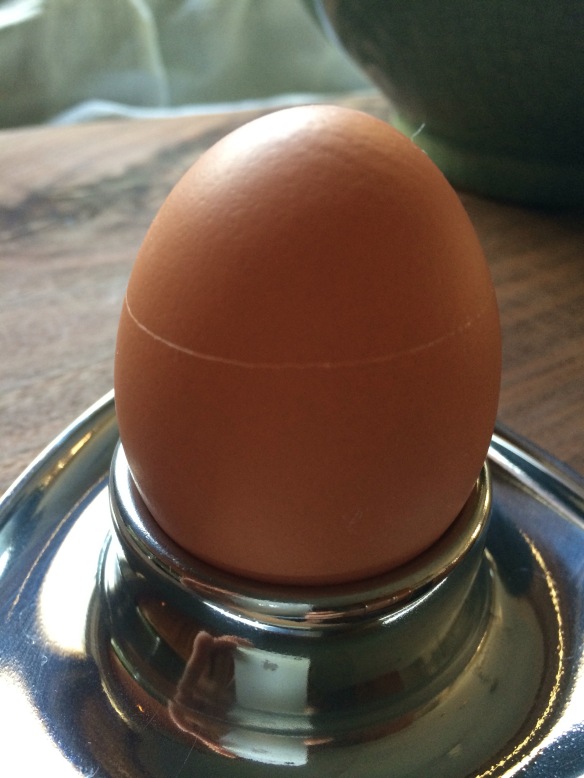
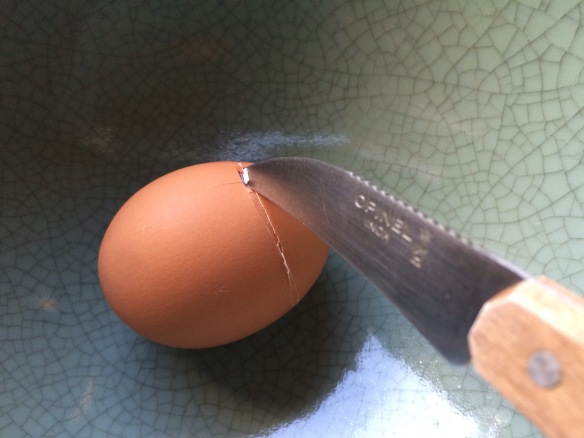
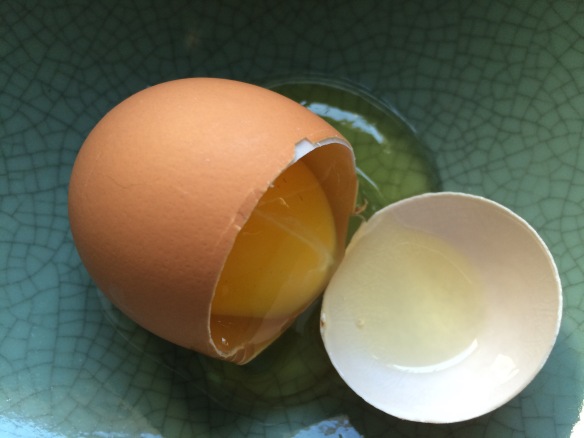
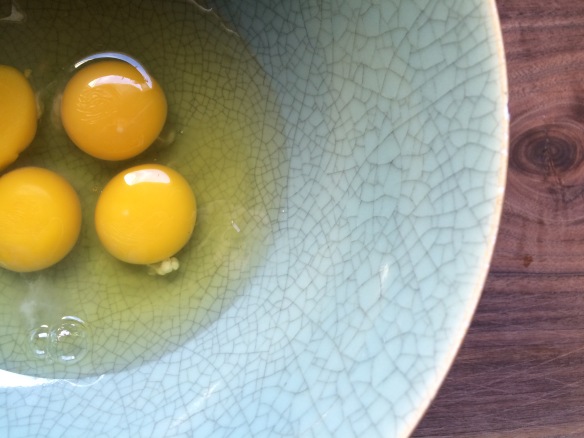


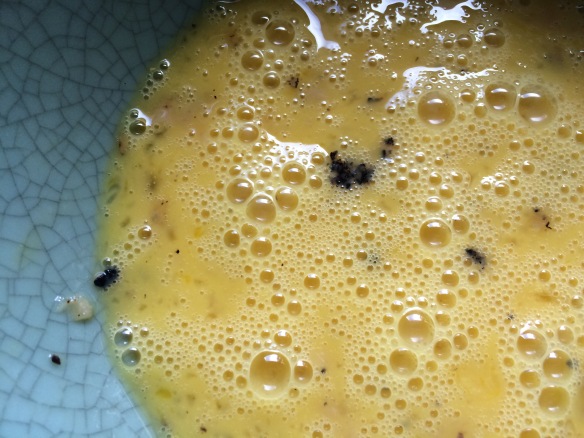
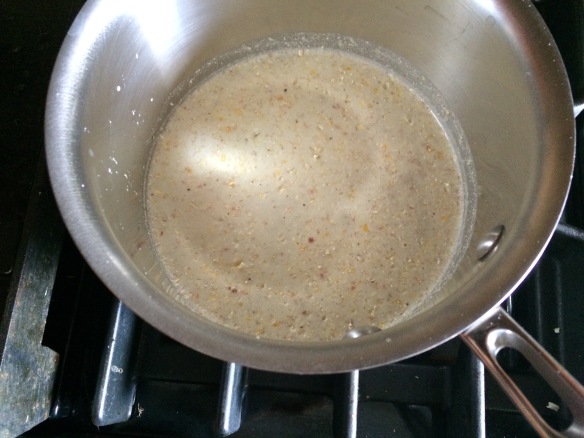




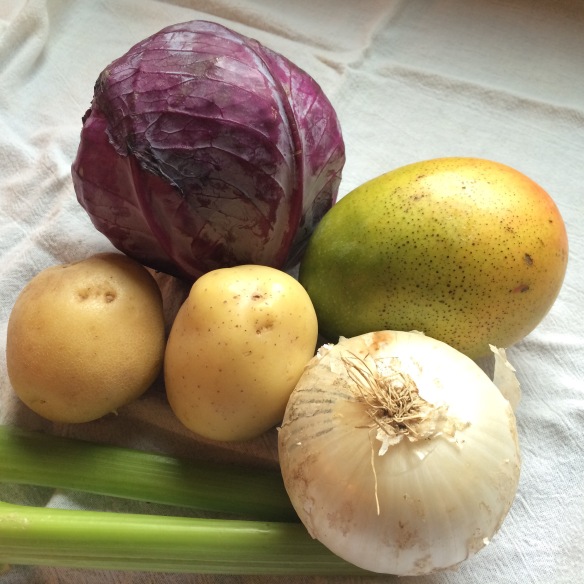
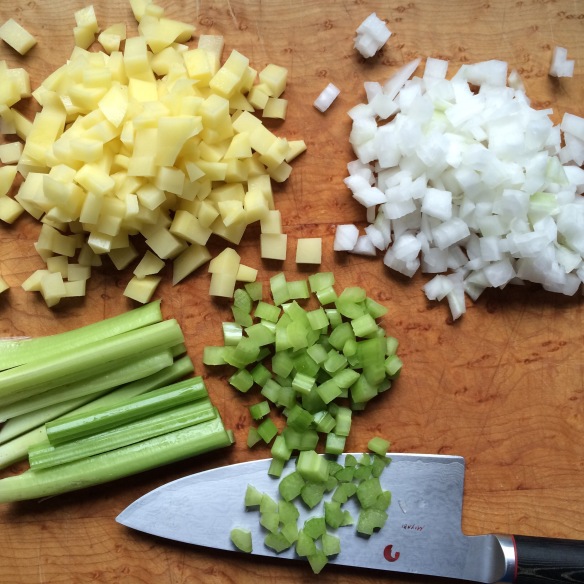
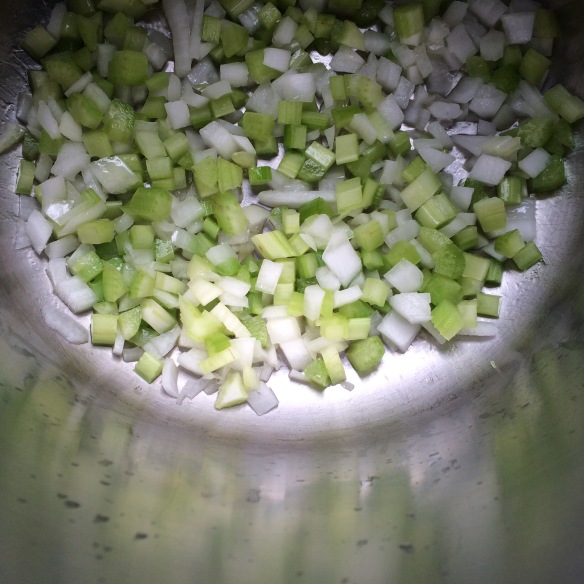

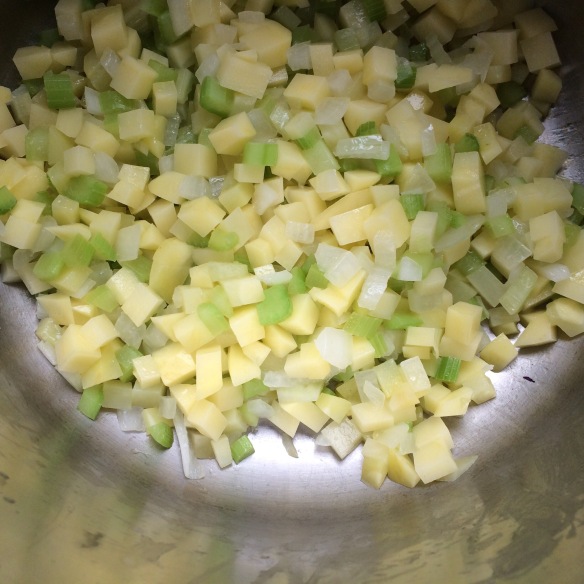



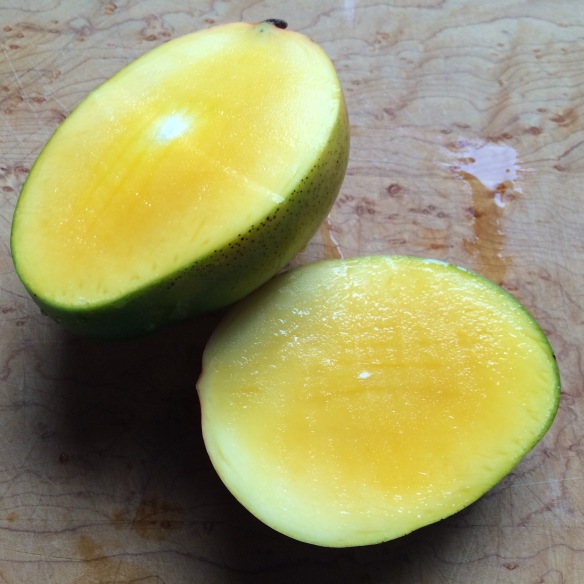

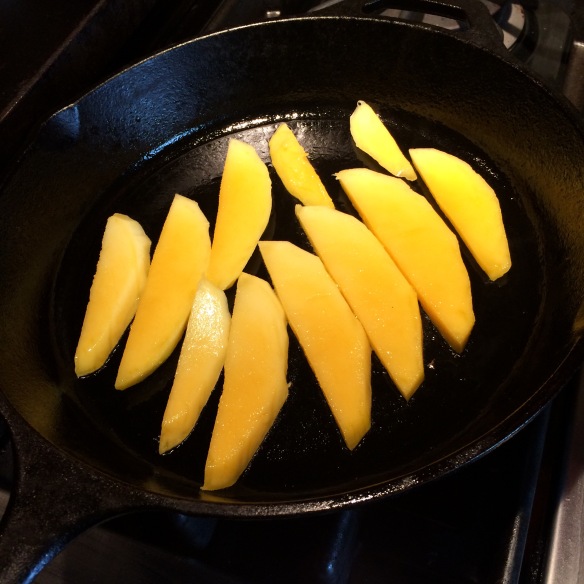
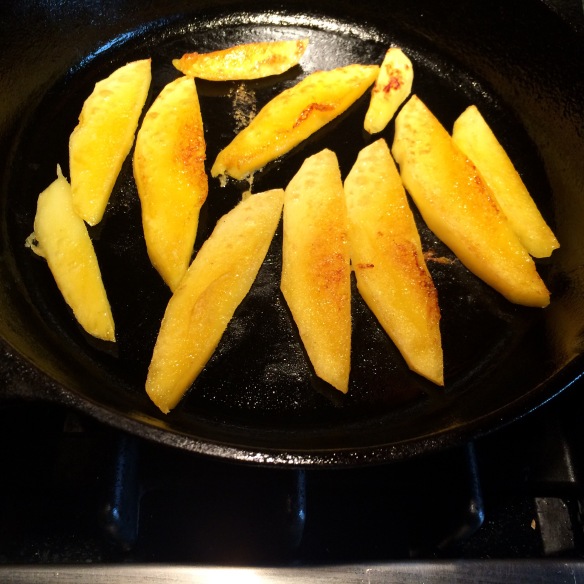
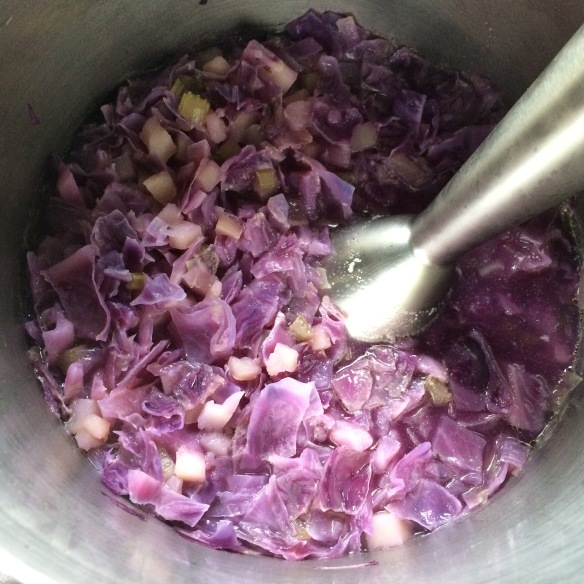
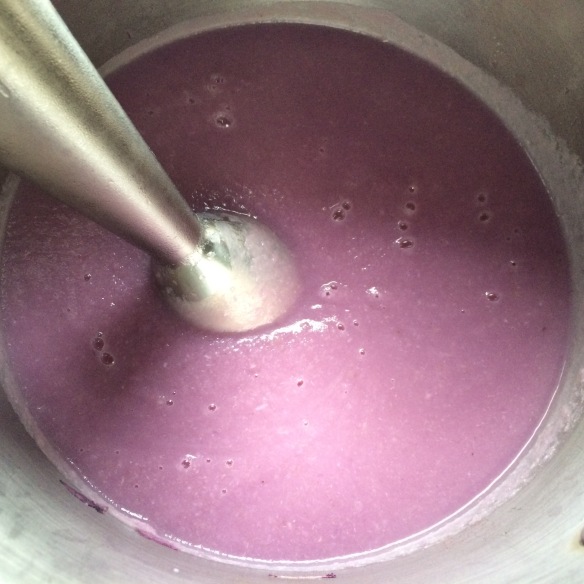




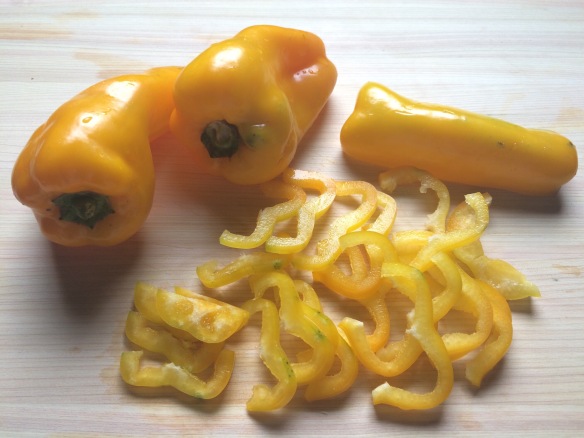
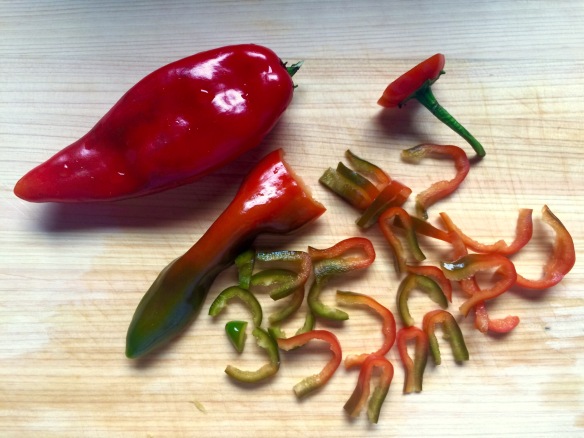


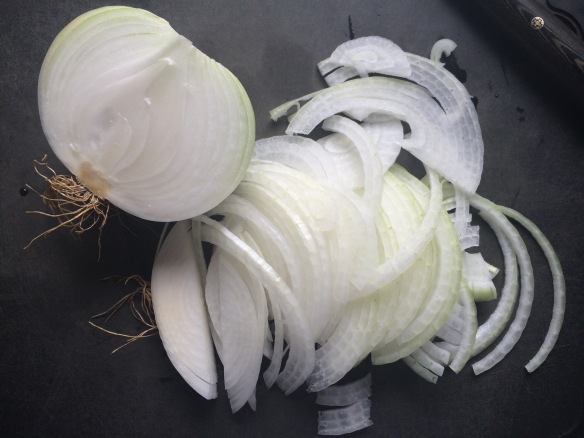



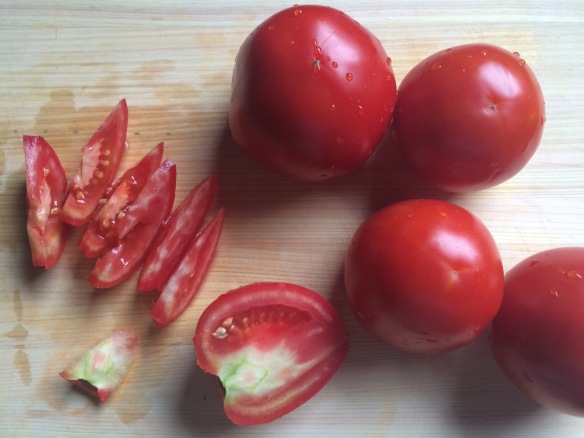
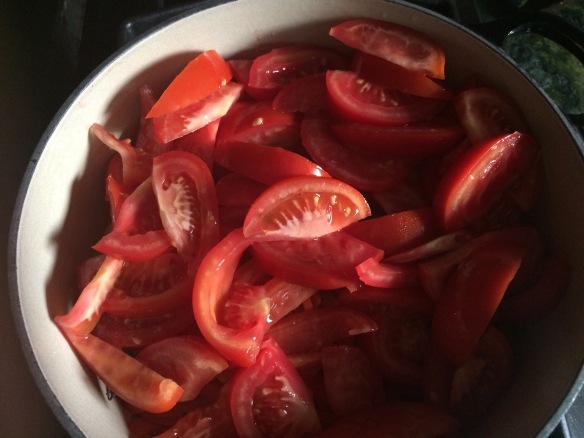
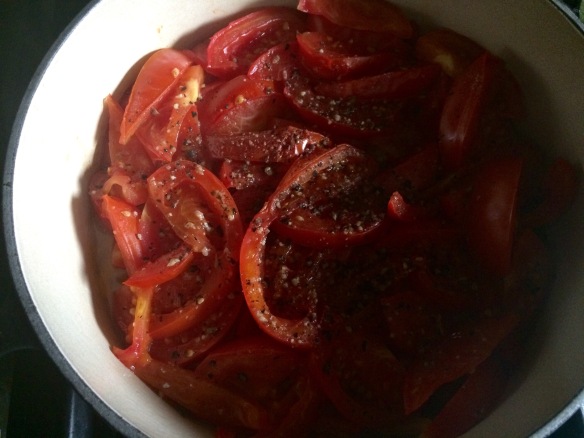



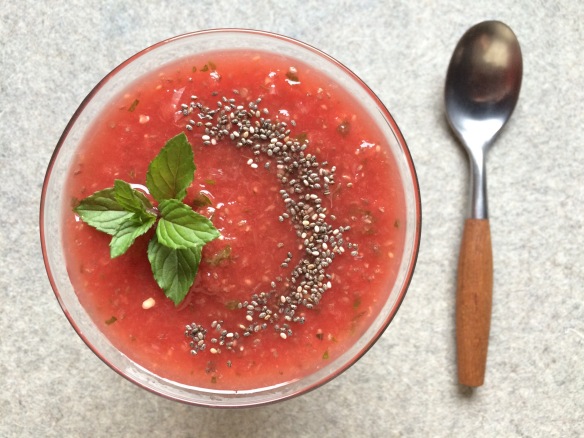

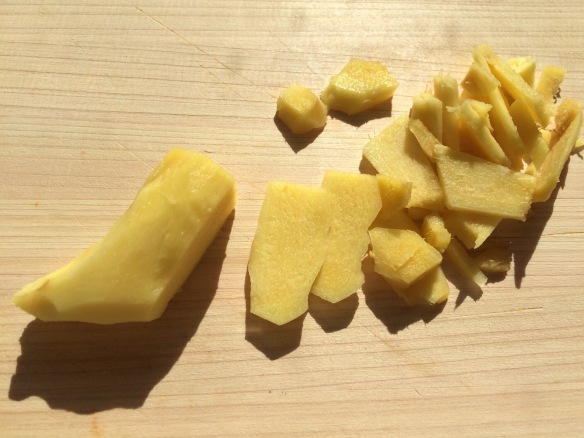
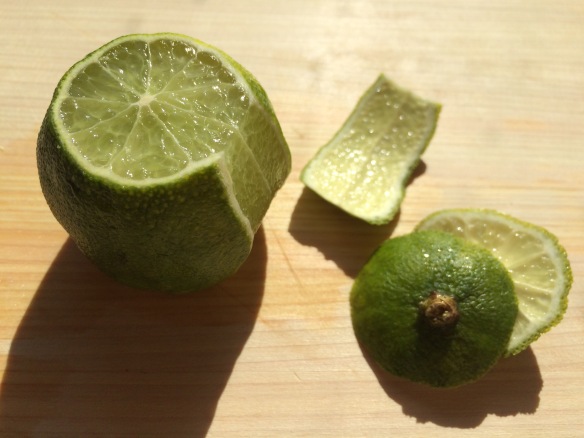
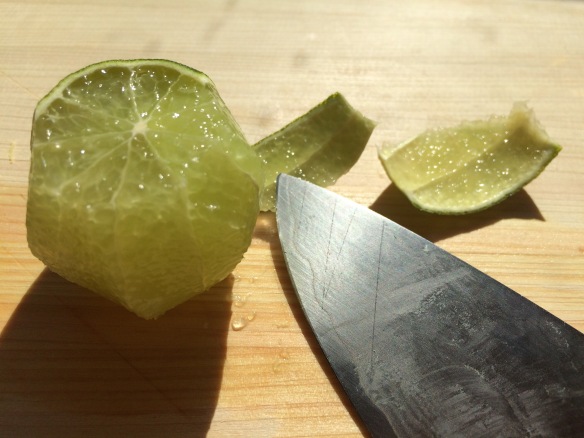
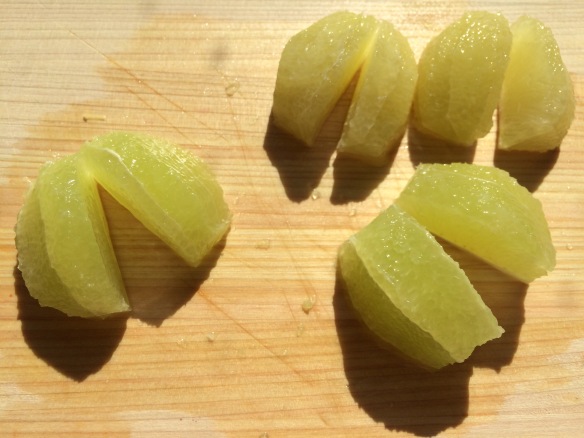
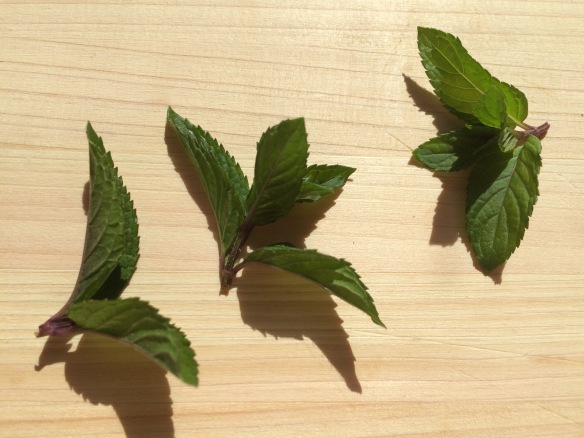



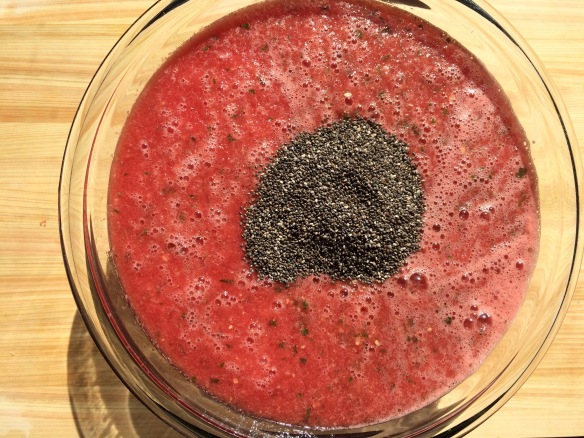

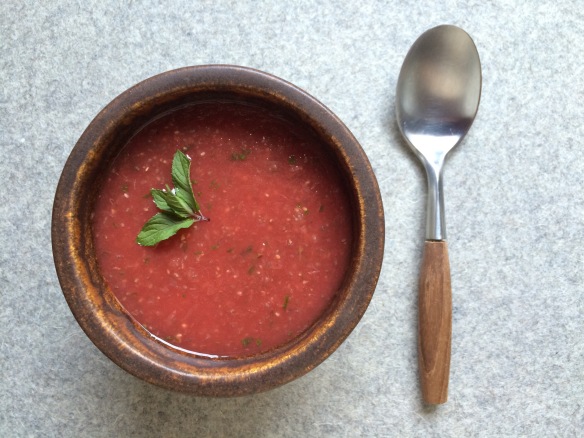
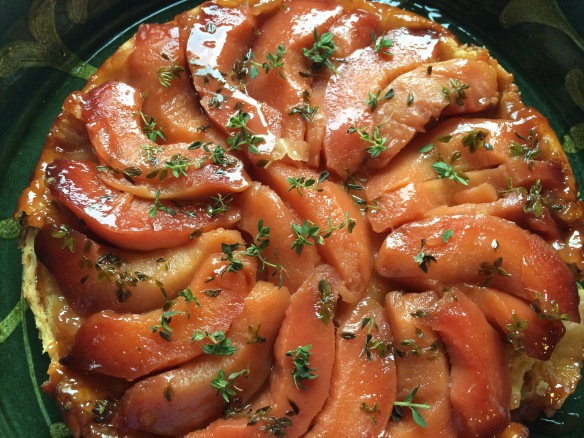
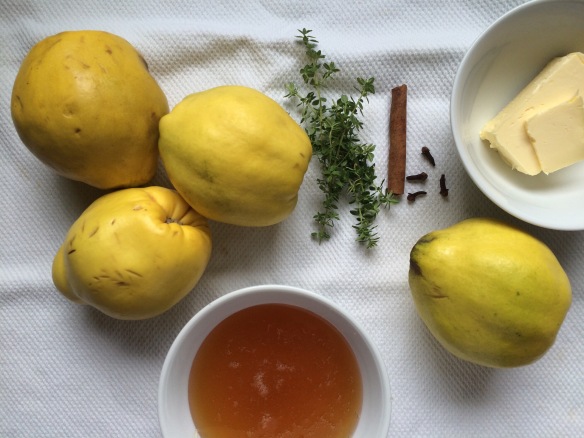
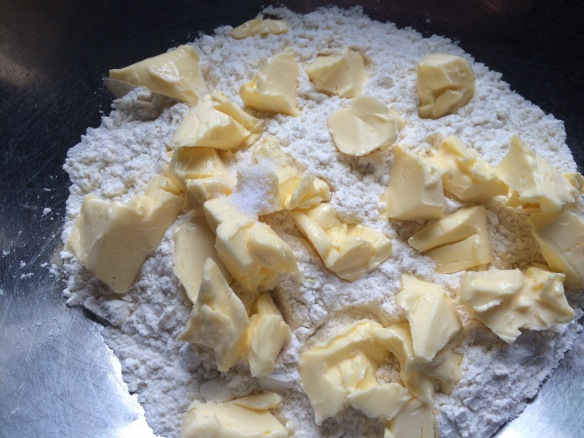
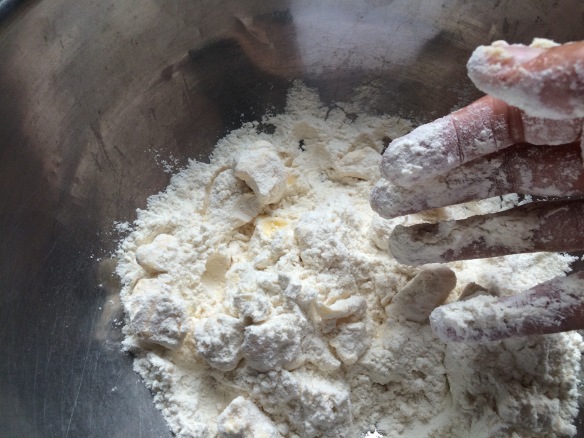



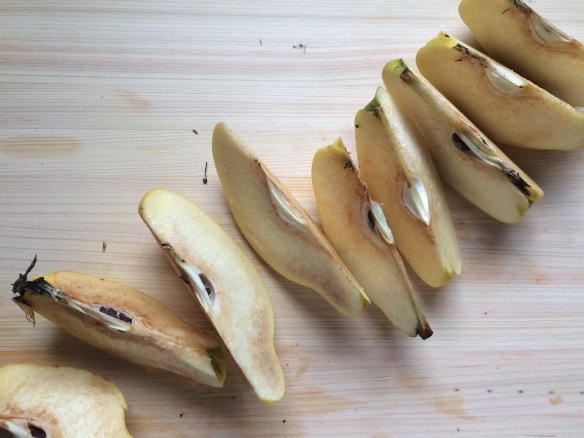


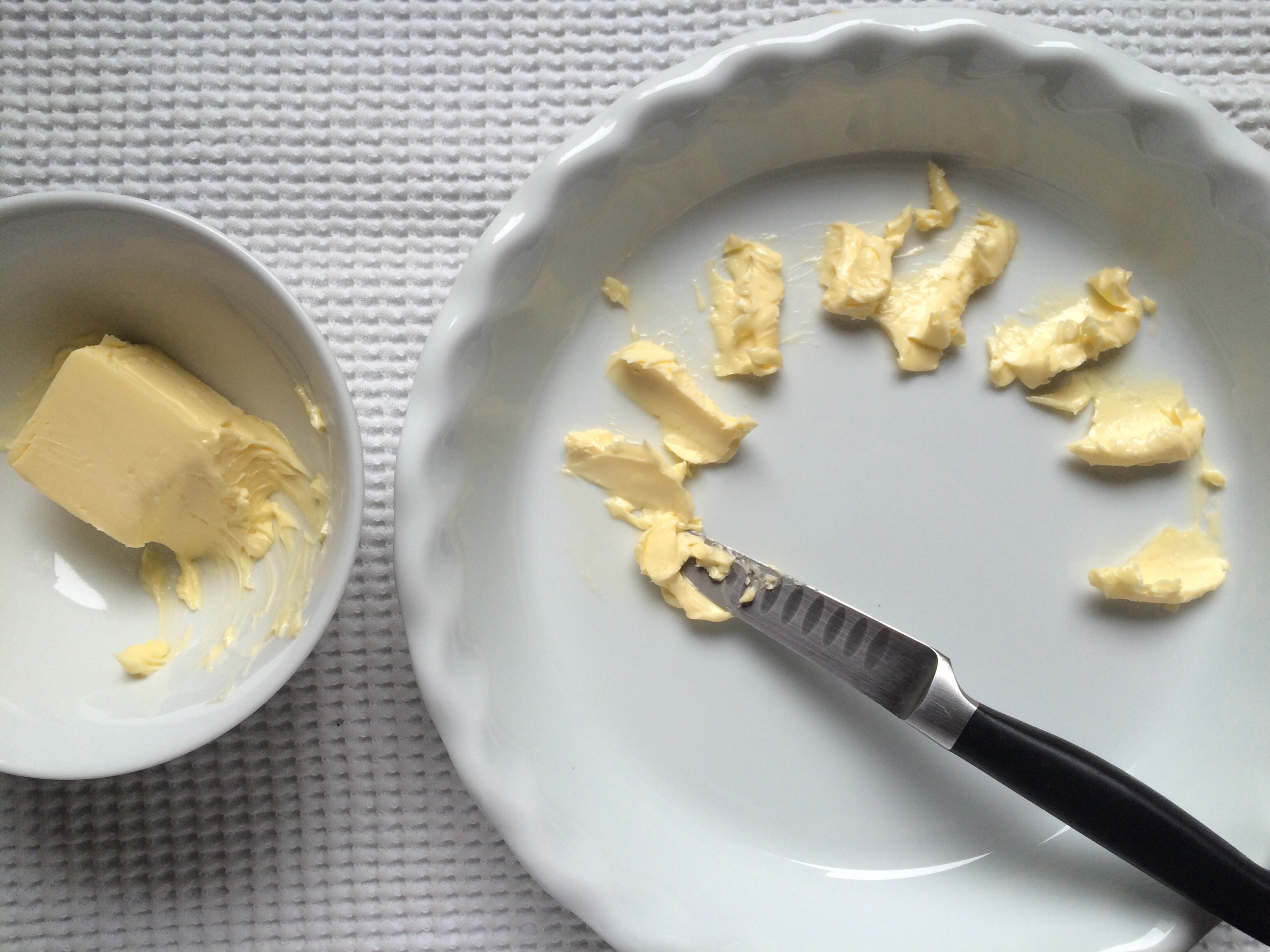


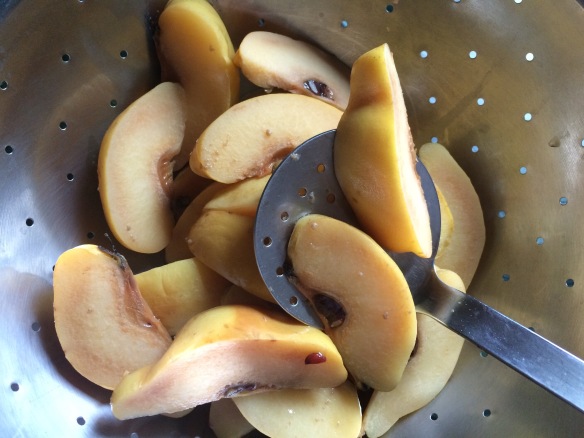

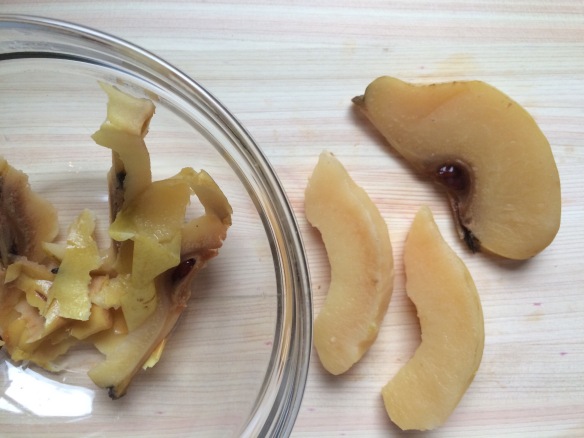
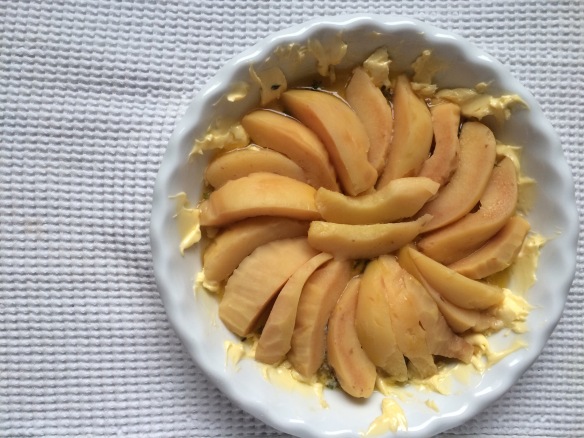

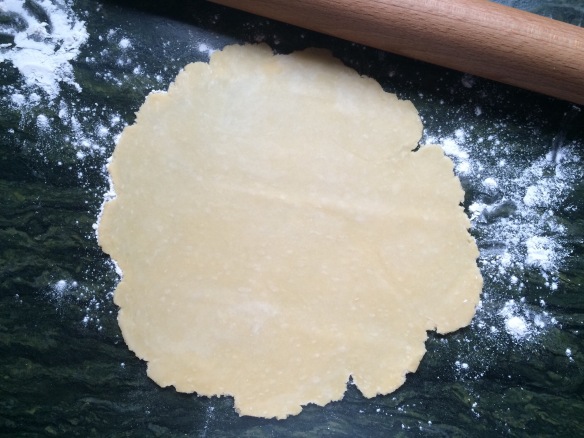


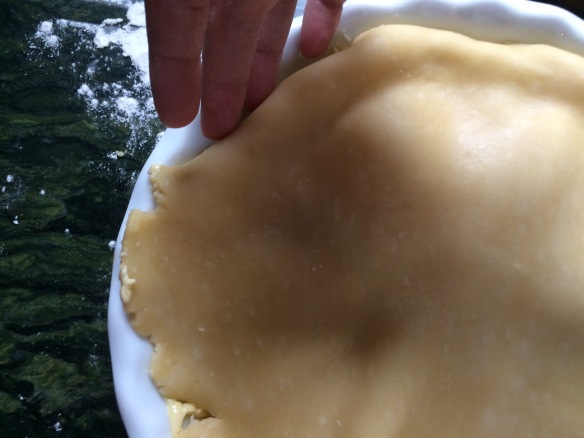


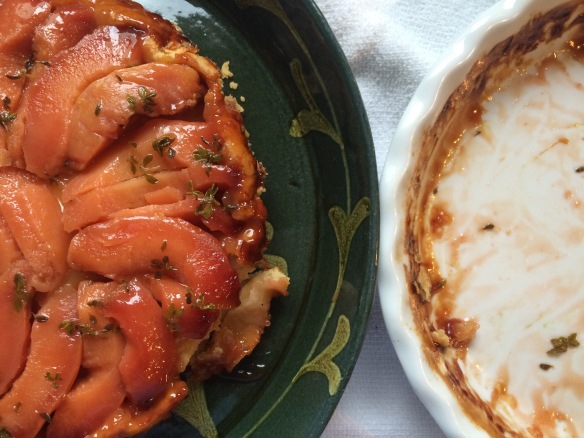

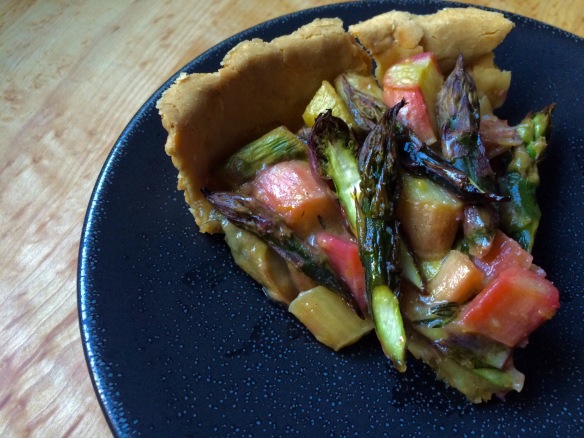




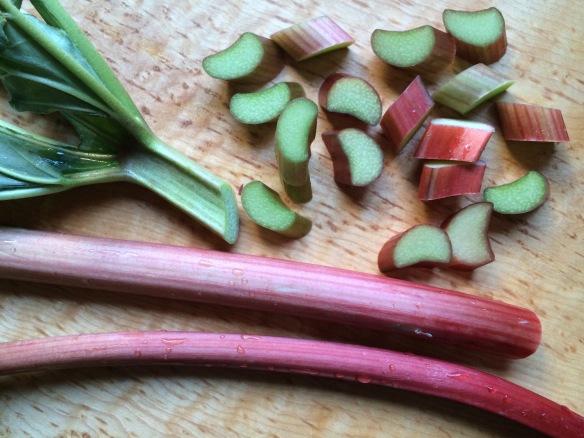

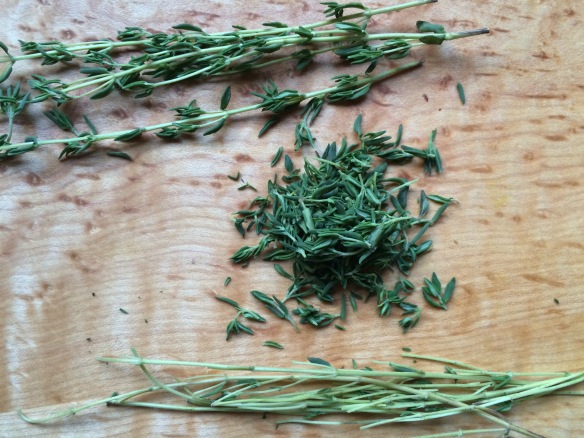










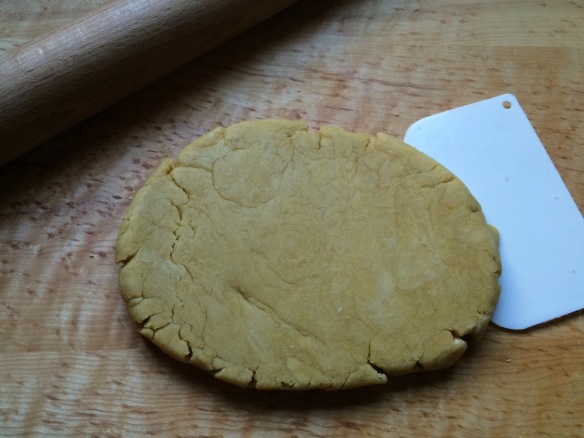


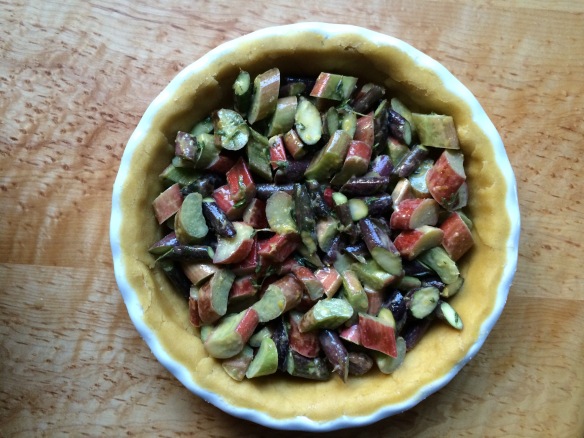

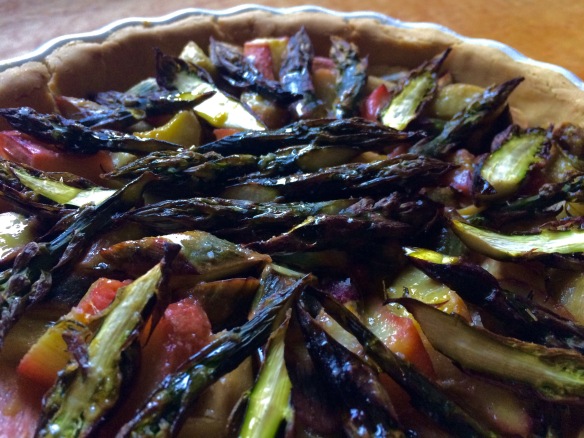

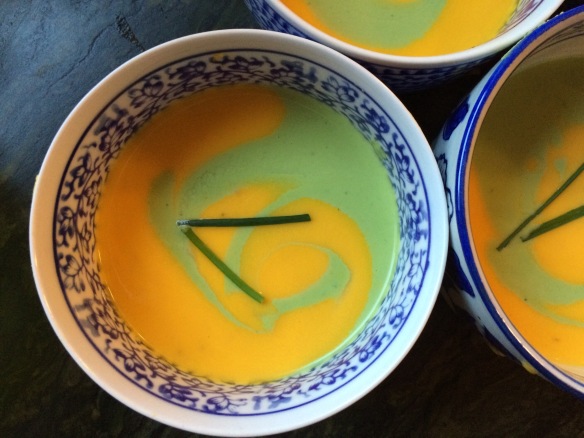 Preparing the two soups in separate batches and pouring them together just at serving time not only adds a colorful touch, it also preserves the integrity of the distinct flavors.
Preparing the two soups in separate batches and pouring them together just at serving time not only adds a colorful touch, it also preserves the integrity of the distinct flavors. Ingredients for 4 servings:
Ingredients for 4 servings:
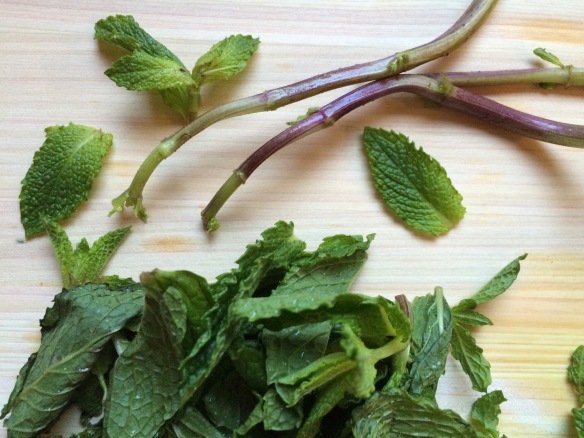 Wash the mint and remove the stems. Set the leaves aside.
Wash the mint and remove the stems. Set the leaves aside. Shell the fresh English peas by pressing each pod between your fingers to release the peas.
Shell the fresh English peas by pressing each pod between your fingers to release the peas. You should have about half the weight in peas and can discard the shells.
You should have about half the weight in peas and can discard the shells. Peel and slice the carrots thinly so they cook quickly and evenly preserving most nutrients.
Peel and slice the carrots thinly so they cook quickly and evenly preserving most nutrients. Bring two pots of lightly salted water to a rolling boil. One for the carrots and one for the peas.
Bring two pots of lightly salted water to a rolling boil. One for the carrots and one for the peas. Plunge the carrots in one of the pots. Return to a boil. Lower the heat and cook on medium for about 10-12 minutes.
Plunge the carrots in one of the pots. Return to a boil. Lower the heat and cook on medium for about 10-12 minutes. Meanwhile plunge the peas in the other pot of boiling water.
Meanwhile plunge the peas in the other pot of boiling water. When all the peas float up to the surface, about 5 minutes, they are cooked.
When all the peas float up to the surface, about 5 minutes, they are cooked. Remove the peas from the pot with a skimmer into a bowl, preserving the cooking liquids for adding to the soup.
Remove the peas from the pot with a skimmer into a bowl, preserving the cooking liquids for adding to the soup. When the carrots are tender remove them from the pot with a skimmer in the same way as for the peas, reserving the cooking liquid.
When the carrots are tender remove them from the pot with a skimmer in the same way as for the peas, reserving the cooking liquid. Place the peas in a tall beaker with 6 tbsp of olive oil and some of the pea cooking liquid. Process with an immersion blender, adding more liquid as needed, up to 2-2 1/4 cups of cooking liquid total.
Place the peas in a tall beaker with 6 tbsp of olive oil and some of the pea cooking liquid. Process with an immersion blender, adding more liquid as needed, up to 2-2 1/4 cups of cooking liquid total.  Place back into the pot, after discarding the excess liquid, add the mint leaves and process until fully blended.
Place back into the pot, after discarding the excess liquid, add the mint leaves and process until fully blended. 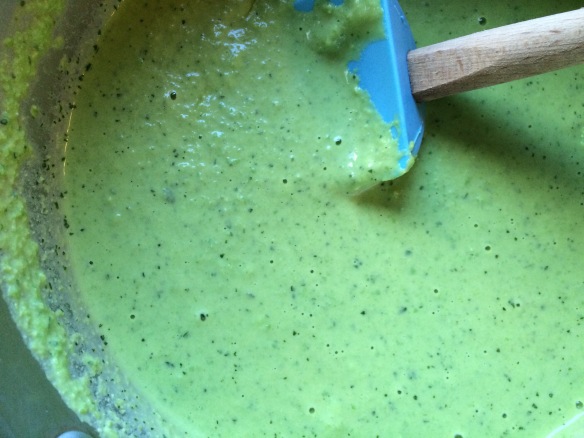 You will obtain a somewhat grainy texture.
You will obtain a somewhat grainy texture.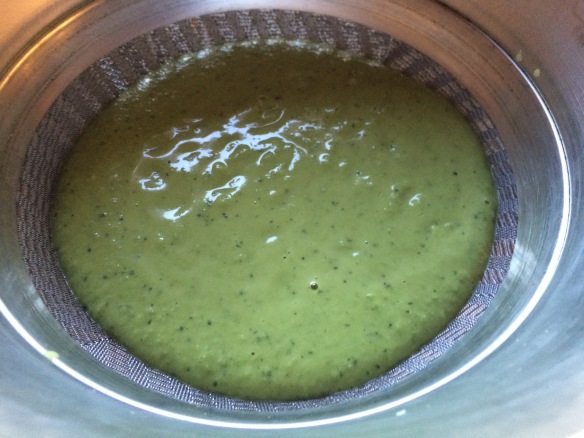 Pour the pea soup in a chinois or fine mesh strainer.
Pour the pea soup in a chinois or fine mesh strainer. Over a bowl to recuperate a smooth textured soup.
Over a bowl to recuperate a smooth textured soup.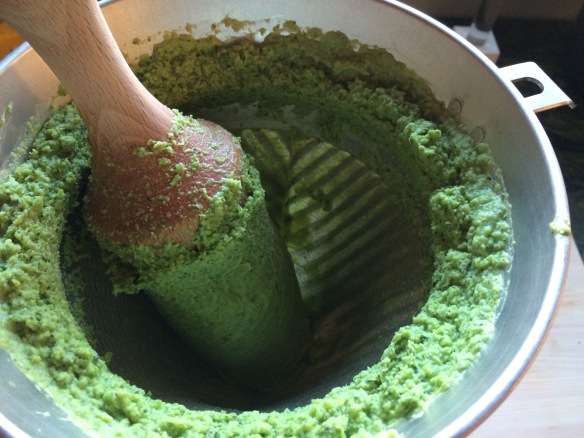 Press as much of the liquid as possible. You can reserve the pulp for another use (let me know if you’d like some suggestions).
Press as much of the liquid as possible. You can reserve the pulp for another use (let me know if you’d like some suggestions). Scrape the outer pulp into the soup.
Scrape the outer pulp into the soup.  Whisk until homogenous.
Whisk until homogenous.  Adjust seasoning with some Fleur de sel. Set aside.
Adjust seasoning with some Fleur de sel. Set aside. Place the carrots in a tall beaker.
Place the carrots in a tall beaker.  Process with an immersion blender adding 6 Tbps of olive oil and some of the cooking liquid from the carrots.
Process with an immersion blender adding 6 Tbps of olive oil and some of the cooking liquid from the carrots. 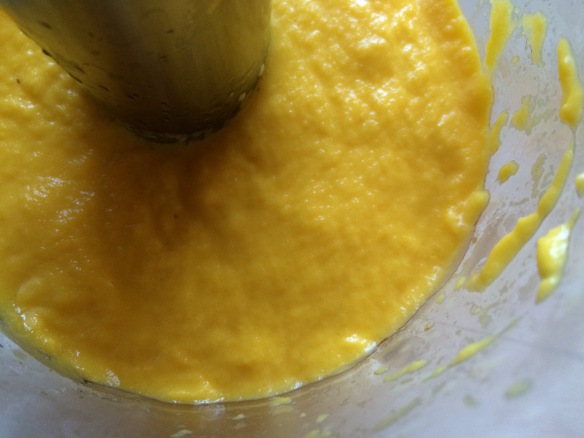 Continue processing until smooth.
Continue processing until smooth. 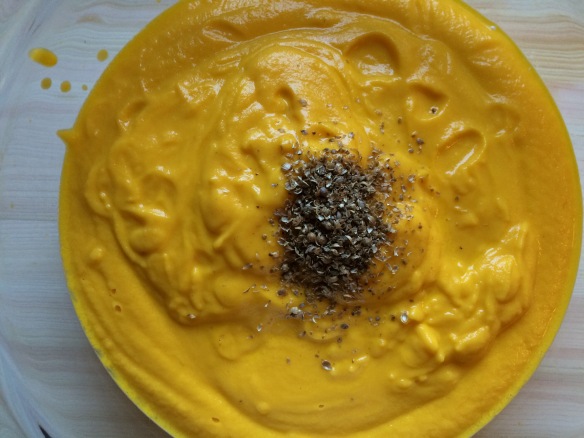 Transfer to a bowl. Add the freshly ground coriander and adjust the consistency with more cooking liquid until it reaches the same texture as the pea soup. Again, about 2-2 1/4 cup of added liquid total.
Transfer to a bowl. Add the freshly ground coriander and adjust the consistency with more cooking liquid until it reaches the same texture as the pea soup. Again, about 2-2 1/4 cup of added liquid total.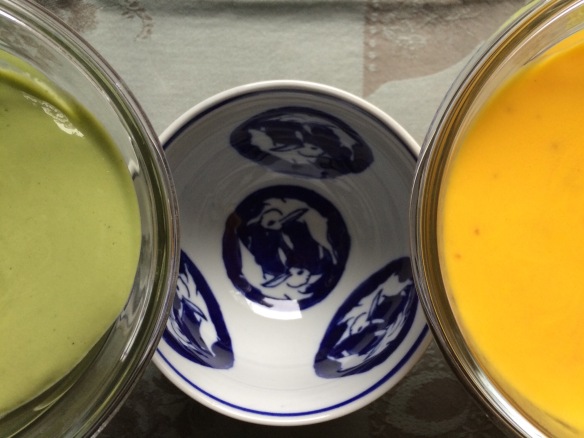 Pour both soups into each serving bowl simultaneously.
Pour both soups into each serving bowl simultaneously.  This way both soups retain their separateness.
This way both soups retain their separateness. 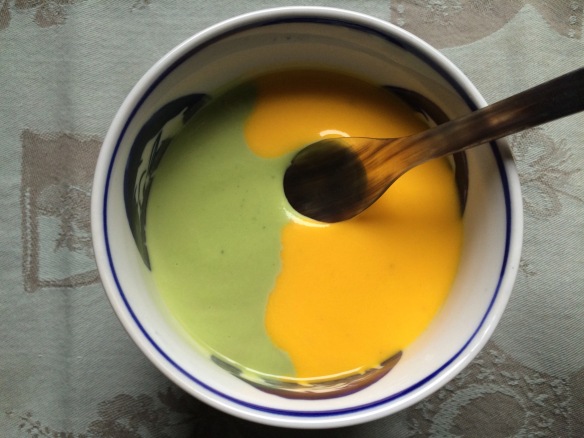 Using a spoon, gently mix the two on the surface.
Using a spoon, gently mix the two on the surface. To make a design.
To make a design.  And finish with a touch of herbs, chives or mint. Enjoy!
And finish with a touch of herbs, chives or mint. Enjoy!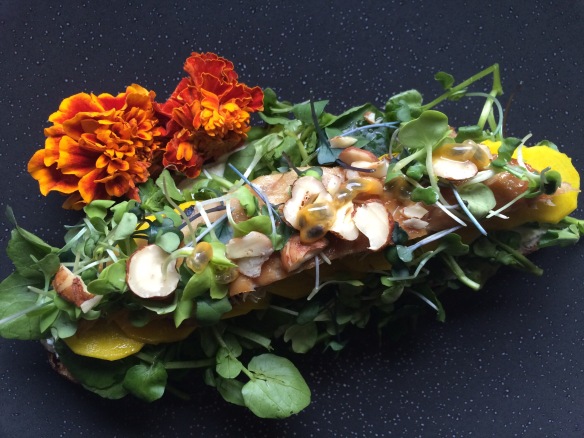

 Start by mixing the honey and goat cheese until fully combined.
Start by mixing the honey and goat cheese until fully combined.  Spread a thick layer of honey goat cheese on each slice of bread.
Spread a thick layer of honey goat cheese on each slice of bread.  Wash the watercress, remove the stems, and place the leaves on top of the goat cheese mixture. Press them down so they stick to the cheese layer.
Wash the watercress, remove the stems, and place the leaves on top of the goat cheese mixture. Press them down so they stick to the cheese layer.  Drizzle a little hazelnut oil and sprinkle some fleur de sel.
Drizzle a little hazelnut oil and sprinkle some fleur de sel. 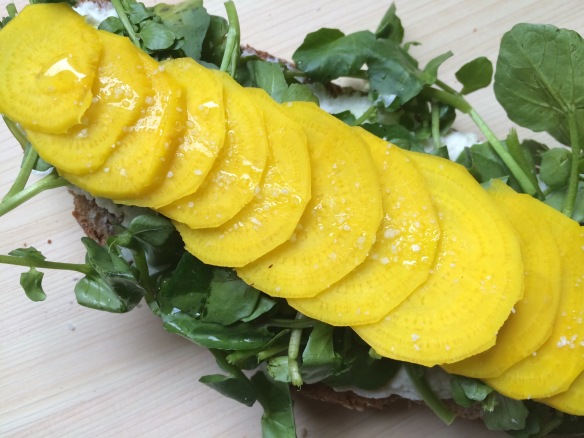 Peel and thinly slice the golden beets. Arrange a layer on top of the watercress and drizzle a little additional hazelnut oil and fleur de sel.
Peel and thinly slice the golden beets. Arrange a layer on top of the watercress and drizzle a little additional hazelnut oil and fleur de sel.  Cut a small filet of smoked mackerel and remove the skin. Place on top of the beets. Arrange some micro greens on the surface.
Cut a small filet of smoked mackerel and remove the skin. Place on top of the beets. Arrange some micro greens on the surface. 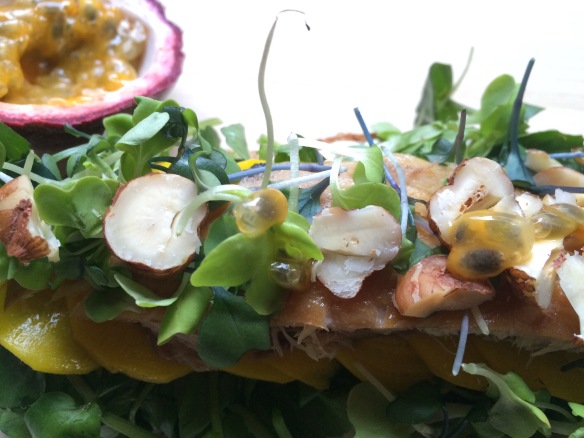 Chop some hazelnuts. Cut the passion fruit in half to reveal its golden flesh and seeds. Finish with a few pieces of hazelnuts and drops of passion fruit pulp/seeds.
Chop some hazelnuts. Cut the passion fruit in half to reveal its golden flesh and seeds. Finish with a few pieces of hazelnuts and drops of passion fruit pulp/seeds.  Enjoy!
Enjoy!